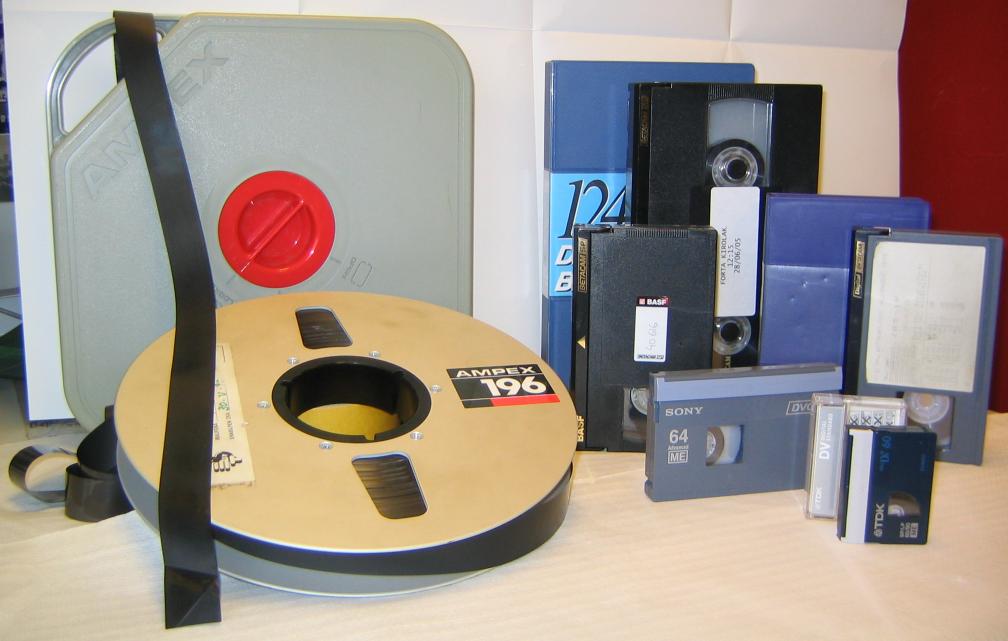History
DRM is useful for protecting content that can be easily copied and re-distributed. This was not a concern before the 1990s. The Internet did not exist and most content created (think books, cassettes and movie tapes) did not face the big challenge of copying. Yes, you could photocopy the entire book and pass it to your friend or you could dub a cassette and pass it over, but those copies were confined to a few people and never attained widespread distribution.

Most media was distributed on magnetic tapes before the 1990s which just made it annoying to copy and distribute them. Local copies were made by enthusiasts but it never posed a huge challenge to copyright owners.
There were efforts made by some people to make it distributed to large audiences like shops which would sell pirated audio or video cassettes but they could quickly be identified by governments and shut down.
In 1983, the Software Service System (SSS) devised by the Japanese engineer Ryuichi Moriya was the first example of DRM technology. It was subsequently refined under the name superdistribution . The SSS was based on encryption, with specialized hardware that controlled decryption and enabled payments to be sent to the copyright holder. The underlying principle was that the physical distribution of encrypted digital products should be completely unrestricted and that users of those products would be encouraged to do so.
Then there were companies like Nintendo which introduced the first ever DRM in a game where a game would be paused and players would be asked to refer to a booklet which comes along original game. If the booklet is not available, the game would not proceed.
A very early example of a DRM system in digital media is the Content Scramble System (CSS) employed by the DVD Forum on DVD movies. CSS uses an encryption algorithm to encrypt content on the DVD. Manufacturers of DVD players must license this technology and implement it in their devices so that they can decrypt the content. The CSS license agreement includes restrictions on how the DVD content is played, including what outputs are permitted and how such permitted outputs are made available. This keeps the encryption intact as the content is displayed.
These are very early examples of a DRM system. All of these worked fine in the offline world but then the internet arrived.
The Internet era
The Internet made it possible for anyone to put content online. DVDs could be quickly ripped and all movies started to become available online on different websites.
It also provided an incentive to do so. If someone built a massive pirated content website, the visits and revenue from ads skyrocketed. We saw the likes of Napster in 1999 and built a visitor base which was unimaginable at that point in time.
One thing became clear putting end to content piracy online was going to be challenging as the internet provided a way to infinitely copy content at zero marginal cost. Any person in their backyard could launch a new website and litigations often took months if not years to shut it down.
The first attack on this piracy was DMCA in the United States. It gave the content owners a weapon to stop piracy immediately.
The second one that is important for this guide was the introduction of modern DRM systems like Widevine and Fairplay in 2001 and 2003 respectively.
These systems aimed to allow streaming providers like Netflix to stream content on the internet without the fear of getting it easily copied and distributed. These systems encrypt the videos before streaming but don’t allow them to be decrypted by anyone except the authorized devices which can just decrypt it to show it on screen.
This is going to be an interesting one!